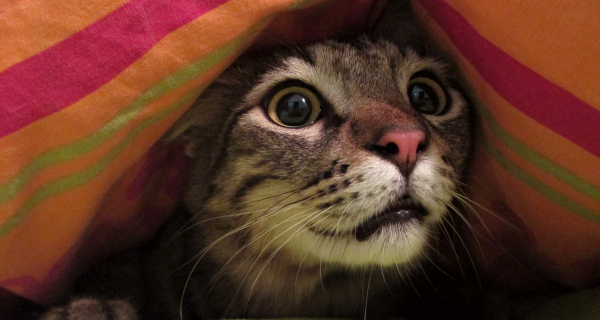
Article by Dr Joanne Rhigetti - jorighetti@optusnet.com.au
Tel./Fax (02) 9416 9800 - Mob. 0414 561 699
As published in The Pet Directory NSW & ACT Edition
Most of our animal companions are relaxed, happy and generally live stress-free lives. Some pets, however, are not so laid back and, just like we humans, suffer anxieties of one form or another.
Thunderstorms and fireworks are common triggers of anxiety attacks in dogs, while the presence of another cat or a dog can stress out our feline family members. Even inanimate objects such as strange briefcases or umbrellas can terrify a nervous animal.
Why are some pets scared?
Like us, animals are often frightened by the unpredictable or the unknown. A first encounter with a skateboard can be scary for a dog who has never seen or heard one before. Unpleasant events can also be remembered by our pets. Just getting into the car can be a trigger for some animals to start shaking, terrified of the upcoming trip.
Fear is our reaction to a frightening event. With anxiety, there is no real threat present, only a perceived one, but the symptoms of fear occur anyway. When fears become obsessive and persistent, this is a phobia.
What does an anxious animal do?
Most animals will try to avoid unpleasant situations and this, of course, is the best survival strategy. When escape is impossible, the will generally stand up for themselves and may even attack the stimulus. A fear of children, for instance, may lead to a bite if the child keeps approaching the dog.
Adrenaline rushes through the body, preparing us to either fight or take a fight. While the heart beats faster and the rate of breathing speeds up, all other body reactions, such as digestion, slow down, to enable the body to concentrate on survival. That’s why most dogs will not accept food treats when they are scared.
Animals will often show signs of stress or anxiety including trembling, tail drooping, drooling, dilated pupils, panting, vocalization (such as crying or whining or barking), unusual toileting behaviours and/or a tense body.
While many dear-provoking situations justify a terrified response, anxiety may occur as a result of something as simple as being left alone. It is possible to reduce the anxiety felt by these overly-bonded animals and other whose fears and phobias cause problems in household harmony.
Do not worry! As always, prevention is better than cure. Prevention in the case of fears and phobias is best done young. Introduce puppies and kittens to a wide variety of people, places and objects, and make these encounters positive ones and chances are no anxieties will develop.
Take your new pup to the bike park and let him observe children playing with bikes and skateboards. If you are relaxed then he will be too. Reward your dog for calm behaviour with praise or food treats.
Be Happy! If you pet already has anxieties, fears or phobias then its time to get help.
Owners often make the mistake of giving their pets lots of. attention, petting and picking them up, which only reinforces that there is something to be worried about! Instead ignore the fearful behaviour and reward calm, unstressed behaviour with praise and pats. If your pet has a phobia, get help from your vet or behaviouralist who can design a step-by-step program. Medication may be required to calm your pet down. Going at the individuals pace is important as “too much too soon” can cause set backs in progress, just as your lifelong fear of spiders or snakes can’t be cured over night!
The good news is that many fears and phobias can be overcome and your animal companion can live a stress-free life and so can you.
Animal Welfare League NSW
www.animalwelfareleague.com.au


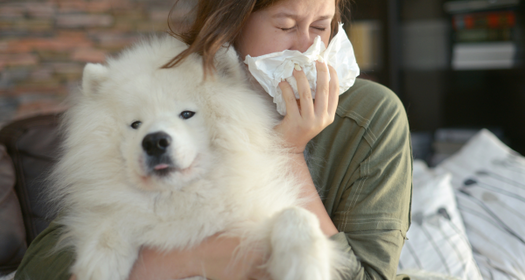
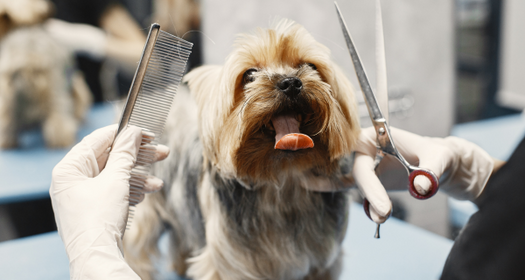
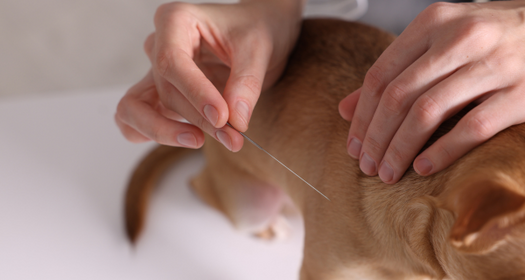
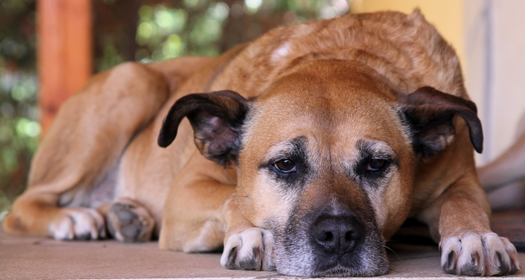
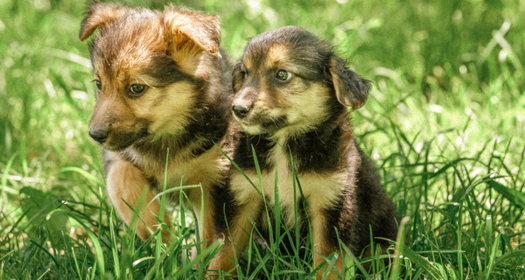




Leave Comment Below